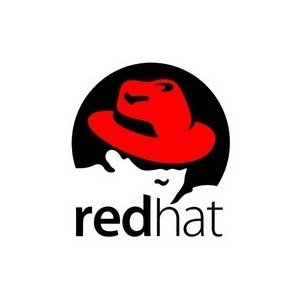Red Hat, Inc. provides open source software solutions or about more than 90 percent of the Fortune 500 companies, which would be including Internet Service Providers, airlines, commercial banks, and healthcare companies. The company has been around for more than two decades and is popularly known for its Red Hat Enterprise Linux (RHEL) distribution.
Red Hat Certification Program Overview
The Red Hat Certification Program aims to be system administrators, architects, engineers, enterprise developers, application administrators, and cloud and virtualization administrators who will use RHEL in their IT infrastructure. The program would aim to ensure that candidates are having a proficient in RHEL by requiring them to pass the performance-based certification exams. Whereas many certification exams would be asking multiple choice or fill-in-the-blank types of questions about specific technologies.
Red Hat Certifications: Red Hat Administrator, Engineer, and Architect
The largest groups of Red Hat certifications are geared toward system administrators, engineers, and architects. Some of the most popular and sought-after Red Hat certifications would be residing in this category, like the RHCSA (Red Hat Certified System Administrator), RHCE (Red Hat Certified Engineer) and RHCA (Red Hat Certified Architect).
RHCSA: Red Hat Certified System Administrator
The RHCSA or Red Hat Certified System Administrator certification is designed for experienced Red Hat administrators and is quite a demand by some organizations to meet U.S. Department of Defense Directive 8570. It is also a prerequisite credential that would be needed to be qualified for the RHCE (Red Hat Certified Engineer).
Red Hat recommends getting training in three classes in order to prepare for the RHCSA certification. The Windows admin classes are labeled as Red Hat System Administration I (RH124) and Red Hat System Administration II (RH134)
RHCE: Red Hat Certified Engineer
The RHCE certification is geared toward experienced senior system administrators and would require fulfilling the requirements of U.S. Department of Defense Directive 8570.
In order to obtain the RHCE certification, the candidates are required to first become RHCSA certified. The recommended training for the RHCE certification would be based on your skill level. Windows admin who is having minimal Linux experience should take the Red Hat System Administration I and II (RH124 and RH134) courses, along with the Red Hat System Administration III (RH254) course in order to get prepared for the exam.
RHCA: Red Hat Certified Architect
The RHCA certification is regarded as the top cert in the Red Hat Certification program. In order to get qualify for the RHCA certification; candidates would be required to possess a current RHCE or RHCJD (Red Hat Certified JBoss Developer) credential.
Red Hat Benefits:
Obviously, the salary of any of this certification holder is considered to be the highest one, but it is not the only benefit of this certification. It would be like showing your future employers that you have a nice grip on Red Hat Systems administration and apart from that you would also acquire the following skills:
• Understanding and using essential tools for handling files, directories, command-line environments, as well as documentation.
• Operating running systems, including booting into different run levels, identifying processes, commencing and ending virtual machines, and controlling services.
• Configuring local storage using logical volumes and partitions.
• Creating and configuring file systems and file system attributes, like permissions, access control lists, encryption, and network file systems
• Deploying, configuring, and maintaining systems, including software installation, update, as well as core services.
• Managing users and groups, including the utilization of a centralized directory for authentication.
• Managing security, including the configuration of basic firewall and SELinux.
So, if you too want to take benefits of by gaining this certification, my advice would be to join the SPOTO to gain their precise training so that you could clear this exam in one go.

 Join Telegram Study Group ▷
Join Telegram Study Group ▷














